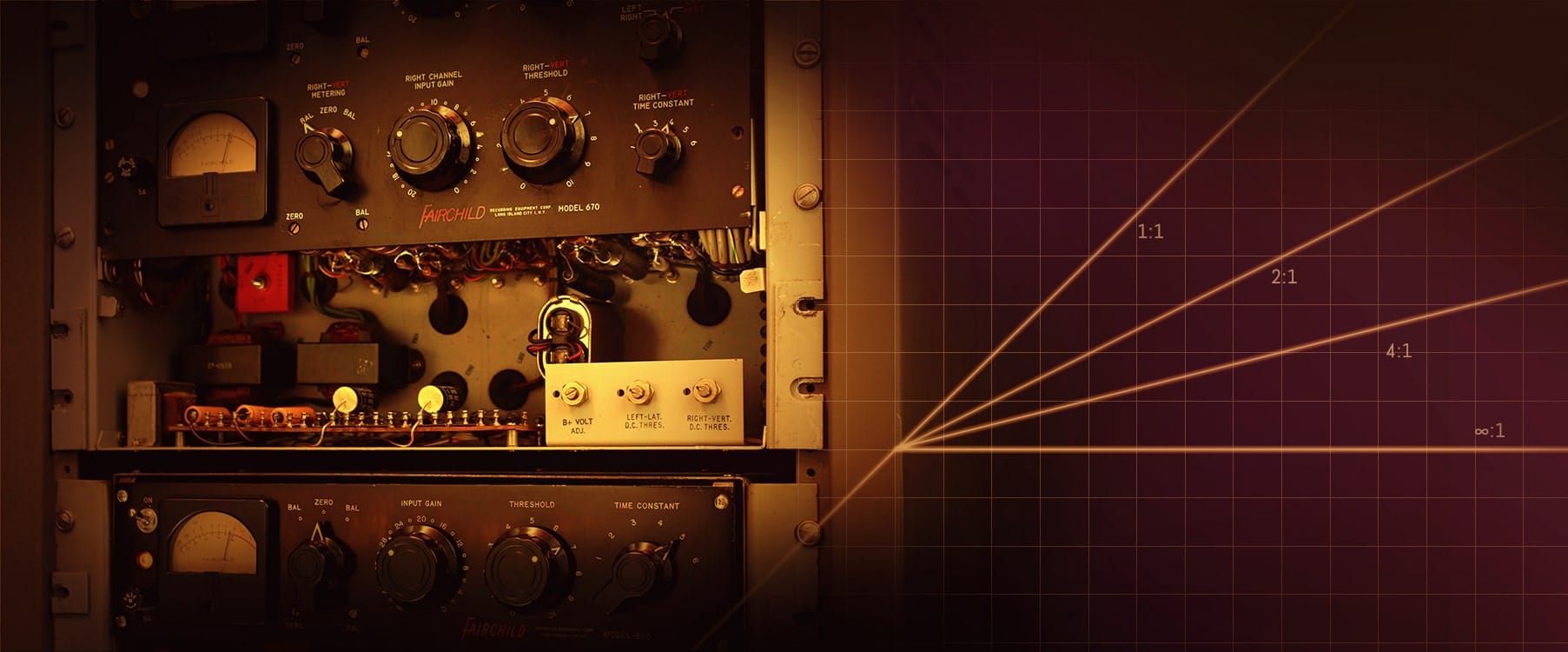Composing sound-related music is the sole responsibility of musicians. When you consider the other side of their job, listening to music all day and night might be disruptive to others. Listening to a piece of music is also important to artists.
So soundproofing is used to prevent exterior noises from entering the room while still preventing interior noises from exiting. It renders a room impervious to sound waves, allowing for substantial noise reduction.
Sound & Its Techniques
Sound is a wave bouncing off the floor and walls that produce a reverberant or vibrating sound that must be absorbed. This can be done by sound-absorbing and trapping materials into the space using techniques. Damping is a technique for removing vibrational energy before it accumulates and causes sound waves to be generated. Sound transmission between two buildings in direct touch must be stopped by decoupling. Sound waves cannot easily flow through gaps that enable air to circulate through a structure unless the vacant area is filled.
Reasons
Making high-quality recordings is critical in a studio for a number of reasons. A musician at home, on the other hand, needs a recording area in order to work in peace. Soundproofing helps attenuate the sounds generated by household appliances and prevents indoor and outside disturbances from spoiling a recording. Most significantly, it minimises echoes and provides professional-quality sound in a tight environment.
Acoustic Foam
The technique of soundproofing involves preventing sound from entering and exiting a room. Controlling reverberations and echoes in order to improve sound quality within a place is referred to as acoustic treatment. Acoustic panels can be used to decrease reverberations and deflect echoes during the acoustic treatment process, resulting in an ideal sound recording environment.
Recording Space
Select a recording location that is free of windows. If your recording room has a window, use high-density acoustic foam to seal it firmly. To create a quiet working atmosphere, use insulation. The ideal method to outfit your space is with acoustic foam tiles, sound absorption panels, and bass traps for acoustic energy absorbers meant to dampen low-frequency sound energy.
Modify Your Door
A heavier door is preferable; if yours is hollow, spray insulation can be used to fill it. Install a door sweep on each side of the door to close the air gap between the door and the floor. Echo and boom can be reduced by using thick blankets or heavy drapes on walls and in corners.
Create Sound Barrier
On the interior, using a new layer of plasterboard to create a sound barrier. Install sheets of mass-loaded vinyl or sheet block, a thick material designed to limit sound transmission, leaving an air gap between the two walls. Sound waves can't enter or depart via your walls because of the sheet block and the second wall.
Learn Music Online - Stay Home - Stay Safe
You may learn to play music from the comfort of your own home if you enjoy it. Meet our instructors, who teach piano, electronic keyboard, and guitar using a step-by-step method. You'll get our extra course "Voice Culture" for free when you sign up for an Online Music Classroom subscription.
There's a video lesson, sheet music, midi, karaoke, and a package to buy in the Music Library!
See our buying guide for information on how to purchase a piano, electronic keyboard, or guitar.
Now is the time to join us!
To be able to learn music at any time and from any place.
Enrol today at classroom.goldsmth.com.
How do you feel about this blog? Please share your thoughts in the comments box below.
How Do You Soundproof A Musician's Room?
 Reviewed by Goldsmth
on
August 23, 2021
Rating:
Reviewed by Goldsmth
on
August 23, 2021
Rating:
 Reviewed by Goldsmth
on
August 23, 2021
Rating:
Reviewed by Goldsmth
on
August 23, 2021
Rating:
















No comments: